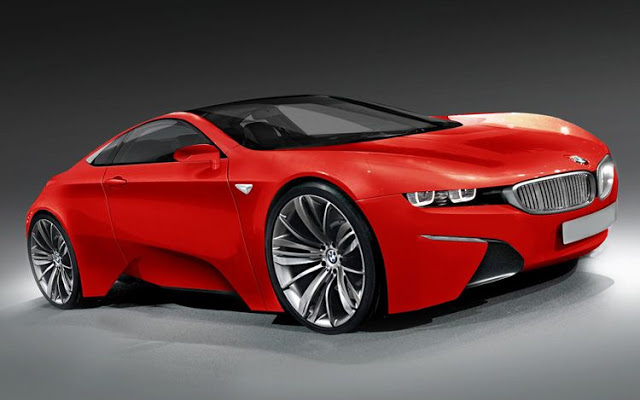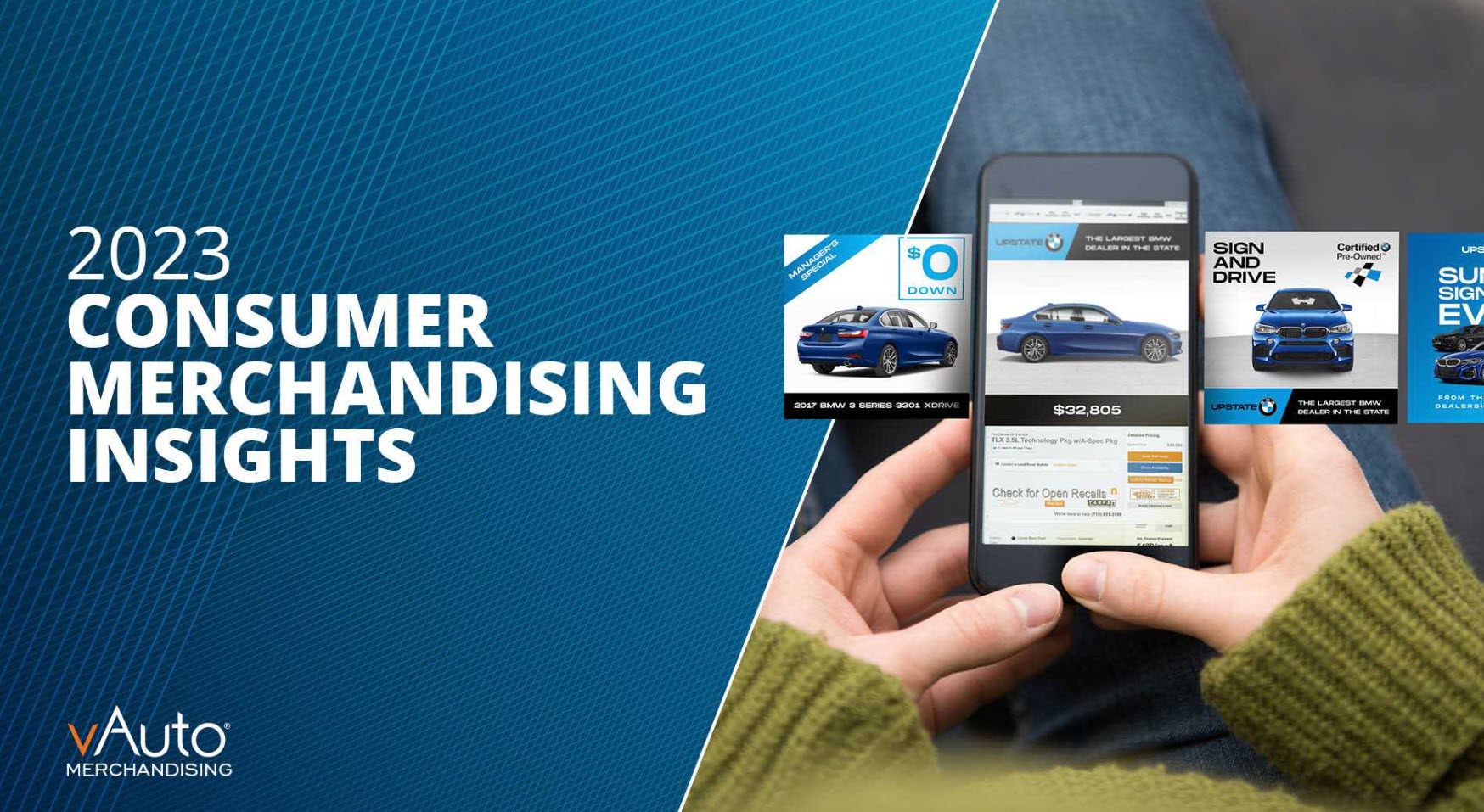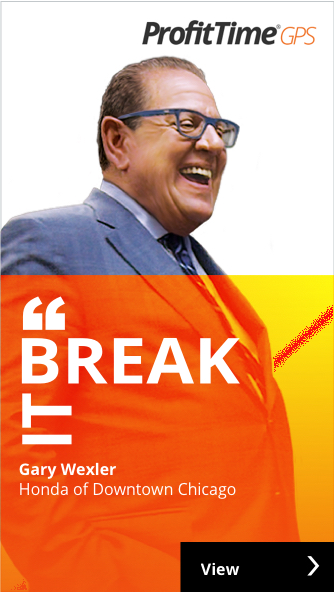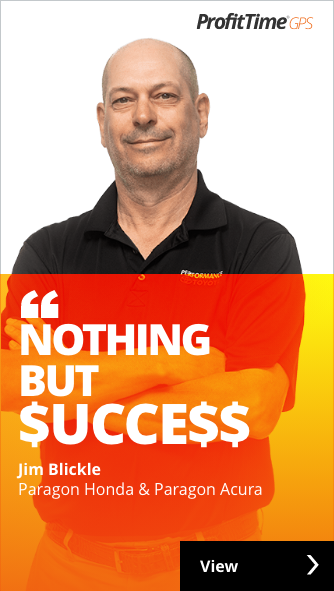Factory Certified Pre-Owned Vehicles: 3 Ways To Maximize A Viable Market Segment
Dealers have been asking recently about factory certified pre-owned (CPO) programs. The questions flow in part from recent efforts by factories to step up their CPO sales volumes.
The questions essentially boil down to two queries—Are factory CPO programs really worth the price of entry? And, if CPO programs do make sense, how can I consistently make money selling CPO vehicles?
Before addressing the questions, I should note that I’m an advocate of factory CPO  programs. To be sure, some are more dealer-favorable and –friendly than others.
programs. To be sure, some are more dealer-favorable and –friendly than others.
But, generally speaking, CPO programs offer value to dealers: They help dealers retail off-lease vehicles, attract new buyers, develop brand/dealership loyalty and pick up future work in their service departments.
Most dealers recognize the benefits CPO programs can bring to their used vehicle operations. The questions really speak to the mechanics of running a CPO program that will maximize profitability and return on investment (ROI) for every vehicle that carries the CPO designation.
On the cost of entry question: Clearly, a factory CPO badge adds costs to a qualified vehicle that can put pressure on the vehicle’s profit potential. On top of that, a CPO-worthy vehicle will typically cost more to acquire and, depending on condition, will require higher reconditioning costs.
The key question for dealers, then, is whether the market (as measured by a vehicle’s Cost to Market and Price to Market ratios) will allow dealers to ask more money for CPO units to achieve the desired profit and ROI objectives. A quick look at recent market data suggests this is currently the case:
- CNW Marketing Research notes that CPO sales helped drive a 6.1 percent increase in the value of used vehicles retailed by franchised dealers in February;
- CPO sales were up 12.3 percent January and February of this year, according to a report from Manheim chief economist Thomas Webb;
- Used vehicle “profits are on the rise, as throughput per store is higher and margins are stabilizing,” Webb adds.
The second question from dealers—how to consistently make money selling CPO cars?—is a little more tricky to answer. That’s because CPO units represent a higher investment risk for dealers. As I answer this question, I share three characteristics common among successful CPO dealers, irrespective of their franchise brand:
- A committed, market-measured approach. “We work the program. If we can certify a car, we’ll do it,” says a Midwest Chrysler-Dodge-Jeep dealer, whose CPO sales now account for about 50 percent of his retail volume. “But the decision isn’t automatic. We need a reasonable level of certainty that the market will support our investment to make it a CPO unit.” Put another way, every CPO-worthy vehicle requires its own market assessment to inform whether the CPO investment is worth it. If this dealer decides to certify a vehicle, this market assessment travels with the car to the sales desk, where associates use it to validate why the vehicle is worth every penny of its asking price.
- A wholistic view of every CPO deal. The Chrysler dealer and other successful CPO dealers don’t sweat the occasional “short” deal that’s sometimes necessary to retail a CPO unit. Instead, they view the transaction as the culmination of a series of money-making opportunities in service, parts, F&I and, if the unit was a trade-in, the new vehicle department. Likewise, if the deal brings in a trade, it sets off a new profit-making lifecycle for a fresh car. This wholistic view helps dealers recognize that retailing CPO units, just like other used vehicles, is a carefully managed mix of wins, losses and draws that collectively benefit the bottom line of every dealership department.
- A 45-day-or-less retail window. Every CPO vehicle should be special, but not that special. Successful CPO dealers treat CPO vehicles like every other used car—each unit must sell within 45 days or less to maximize profitability and minimize risk. This can be a difficult timeline for some dealers to accept, especially since they paid good money to put the CPO badge on the car in the first place. But today’s market takes no prisoners when it comes to time in inventory, and any car, CPO or not, that hasn’t retailed in 45 days reflects a management failure.
As I noted above, some factory CPO programs are better than others for dealers. But I haven’t seen a factory program yet that’s picture-perfect, and the OEM efforts to enhance and protect their brands in the used vehicle arena seem an appropriate way to help their dealers differentiate from the competition and invest in tomorrow’s new car customers.
The post Factory Certified Pre-Owned Vehicles: 3 Ways To Maximize A Viable Market Segment appeared first on Dale Pollak.

















